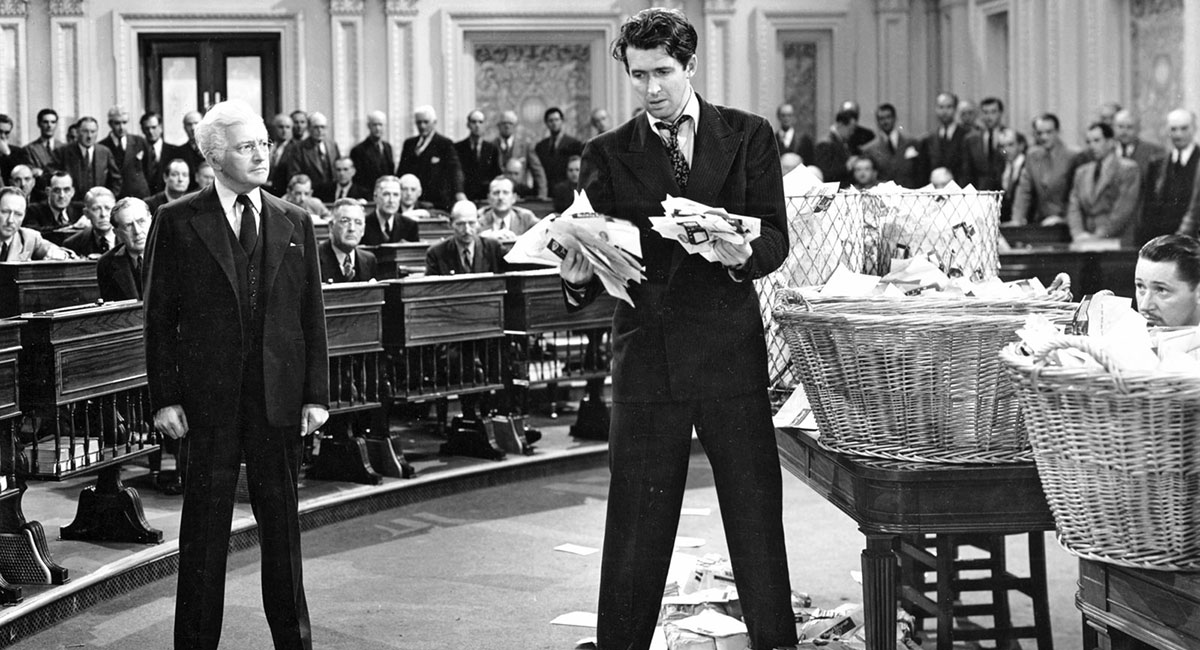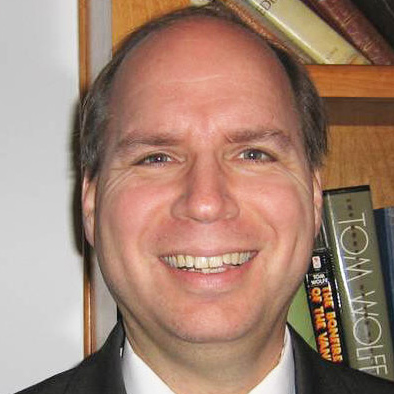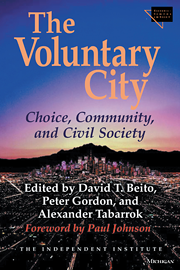The Pew Research Center has some bleak news for everyone concerned about the future. “Ordinary Americans,” it reports, “are more polarized than in the past. Partisan divisions on issues are wider than they were a few decades ago, and many Americans hold deeply negative views of those on the ‘other side’ of politics.” Similarly, a 2022 poll by The New York Times and Siena College found that “in interviews, people across the ideological spectrum told similar stories of estrangement: conversations broken off with siblings and children, decades-long friendships that have gone quiet.”
This has not always been true. In 1939, Americans temporarily put aside their usual political hates and loves to cheer on a cinematic valentine to the Bill of Rights: Mr. Smith Goes to Washington. Directed by Frank Capra, now better known for It’s a Wonderful Life, the movie was in development and production during two highly publicized controversies. Both arose because of attacks on free speech instigated separately by two close Democratic Party allies of President Franklin D. Roosevelt: Sen. Sherman Minton of Indiana and Mayor Frank Hague of Jersey City, New Jersey.
Minton, a down-the-line administration loyalist, was angering conservatives because of a partisan investigation of anti–New Deal critics and his proposed bill to criminalize any newspaper article “known to be false.” Meanwhile, Hague, a key pro-FDR operative in a major swing state, was suppressing leftist demonstrators and union organizers, even expelling some from the city. The combined impact of the seemingly unrelated Minton/Hague episodes prompted the formation of a left-right coalition for free speech. Most notably, socialist Norman Thomas and Republicans Alfred Landon and Herbert Hoover jointly condemned FDR’s culpability as an ally of both Minton and Hague.
The makers of Mr. Smith Goes to Washington represented a similar ideological mix. Widely considered a “dogged Roosevelt hater,” Capra had consistently voted Republican in presidential elections and in 1937 had opposed FDR’s bill to pack the Supreme Court. His two main screenwriters were the openly leftist Sidney Buchman, who was also a secret Communist Party member, and Myles Connolly, a committed Catholic conservative.
The film begins with the appointment by a corrupt fictional governor, a lackey of the “Taylor machine,” of the idealistic Jefferson Smith (played by James Stewart) to fill a vacant U.S. Senate seat. The governor hopes to exploit the honest but naive Smith as an unwitting tool to improve the image of the machine. Soon, however, Smith discovers that buried within a popular bill is a scheme by the Taylor machine to siphon off “graft” from a dam project. Defying the entire Senate, Smith conducts a one-man filibuster against the bill. The Taylor machine strikes back through methods that could have been taken from Hague’s and to some extent Minton’s playbook, including police brutality toward demonstrators and suppression of newspapers because of their alleged “lies.” Bucking tremendous odds, Smith eventually triumphs, getting almost universal acclaim.
It is significant that such ideological opposites as Capra, Buchman, and Connolly had cooperated so seamlessly to create this compelling salute to free speech. Praise for the film spanned the ideological gamut, including positive reviews in the communist Daily Worker and the redoubtably conservative Chicago Daily Tribune. The narrative Capra, Buchman, and Connolly constructed under Capra’s supervision struck a popular chord, making the film’s grosses second only to Gone With the Wind in Hollywood’s golden year of 1939.
The larger meaning of Mr. Smith Goes to Washington goes well beyond its no-holds-barred endorsement of civil liberties. It stands as evidence that under the right conditions, Americans can put aside other differences to find common ground. Could something similar happen today? Maybe, but if it does, an essential condition is a willingness by cultural creators and ordinary audiences to rise above, even if briefly, their usual blue-and-red-team squabbles to achieve something greater. They did it once before.











